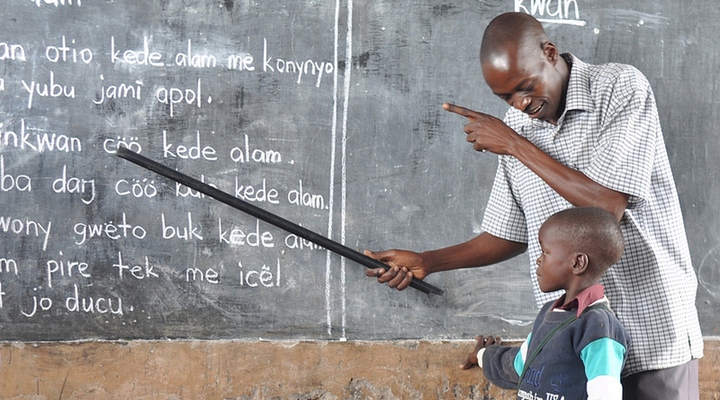Effective altruism, a recently coined term, refers to the growing movement of people and organizations who are guided by the question, “How can I do as much good as possible with the resources at my disposal?” (For more on effective altruism, see GiveWell’s blog and Peter Singer’s TED talk.)
This question is surprisingly difficult to answer. What’s more, there’s surprisingly little debate about how to answer it. That’s why I’m excited to see effective altruism gaining traction. I hope this movement generates more debate, in particular about philanthropy and how to do the most good through giving.
Many people I’ve encountered in the philanthropic sector seem to believe this question is impossible to answer or the wrong question to be asking. They argue there’s no “right” answer to the question of where to give and advise us to follow our passions when deciding which charitable causes to pursue.
I agree that there’s no “right” answer. There are no sure bets in philanthropy — every grant involves risk, even to organizations with well-studied programs and strong track records — and we’re always working with incomplete information. But if our goal is to help other people as much as we can, I believe there are better and worse answers to the question of where to give. Importantly, I also believe it’s possible to learn and arrive at better and better answers over time. That’s what makes my job exciting, and that’s why I’m passionate about the question of how to do the most good with our giving.
To me, effective altruism is not about having the right answers. It’s about a commitment to continuous learning, questioning my assumptions and being open-minded and willing to consider any cause or approach to doing good. We’re not perfect at applying these principles, but we try hard, and we’re drawn to other people and organizations who do the same.
Effective altruists engage seriously with the question of how to do the most good through giving. They answer it as well as they can and seek to improve from there. We tend to learn a lot from people with this mindset, in terms of sparking ideas and helping us question our assumptions and arrive at better-informed views on the question of where to give.
Learning is the goal of the conversations we’re having and grants we’re making today. It’s the goal of our partnership with GiveWell and co-funding projects with more experienced foundations. Sharing is an essential part of learning. If we can’t share the information we’re collecting publicly, it becomes less valuable to us, because it only has the potential to inform our decisions rather than the giving of any interested donor. We still find private conversations useful and choose to keep information confidential at times. But we aim to share as much as we can — via our website or GiveWell’s — and our ability to share the details of our work is a factor we weigh heavily when making grant decisions.
We hope our approach bolsters the effective altruism movement by providing other donors with useful information and encouraging them to share as much as they can in turn. We hope to meet more people who are engaging seriously with the question of how to do the most good through giving. We don’t expect the effective altruism community to converge around a single answer. We expect quite the opposite: more debate, faster learning and iteration, and more and better answers to the question of which charitable causes and approaches to philanthropy hold the most promise for improving our world.


